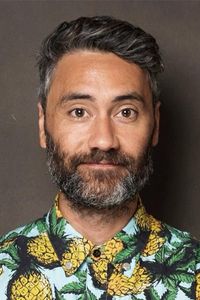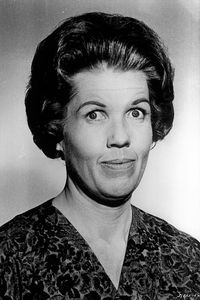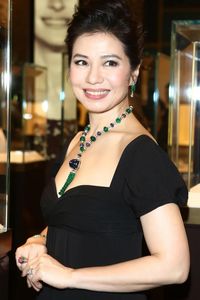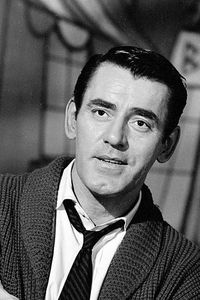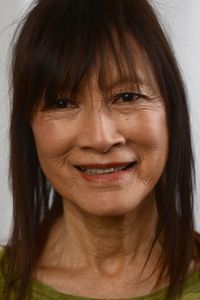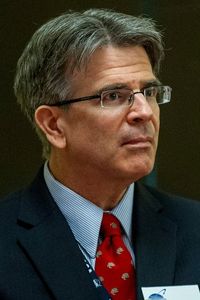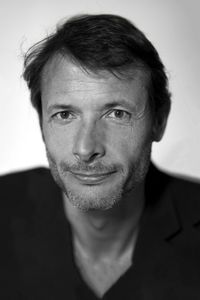Edward Steichen was a pivotal figure in the evolution of photography, exerting a profound influence on the medium as both a pioneering photographer and a visionary curator. During World War I, he was instrumental in directing aerial photography efforts for the Army Expeditionary Forces, a role that marked a turning point in his career.
Following the war, Steichen renounced his earlier fascination with painting and the remnants of Pictorialism, instead embracing a modernist aesthetic that would become a hallmark of his work. This shift in artistic focus coincided with his appointment as chief photographer for Condé Nast, a position he held from 1923 to 1938.
Throughout his career, Steichen also maintained a thriving freelance advertising business, allowing him to pursue a wide range of creative projects. His talents were soon recognized by the U.S. military, and in 1942, he was commissioned as a lieutenant commander. This new role led to his appointment as director of the U.S. Naval Photographic Institute in 1945, where he oversaw combat photography and organized several influential exhibitions, including Road to Victory and Power in the Pacific.
After the war, Steichen transitioned to the world of museum photography, serving as director of photography at the Museum of Modern Art from 1947 to 1962. During this period, he curated more than fifty exhibitions, including the iconic The Family of Man in 1955, which remains the most popular photography exhibition in history.
Throughout his illustrious career, Steichen received an impressive array of awards and honors, including Knighthood in the French Legion of Honor, an Honorary Fellowship in the Royal Photographic Society, the Distinguished Service Medal, the Art Directors Club of New York Award, the U.S. Camera Achievement Award for "Most Outstanding Contribution to Photography by an Individual" (1949),and the Presidential Medal of Freedom (1963).
Edward Steichen's remarkable legacy continues to inspire and influence photographers and artists to this day, a testament to his enduring impact on the world of photography.





